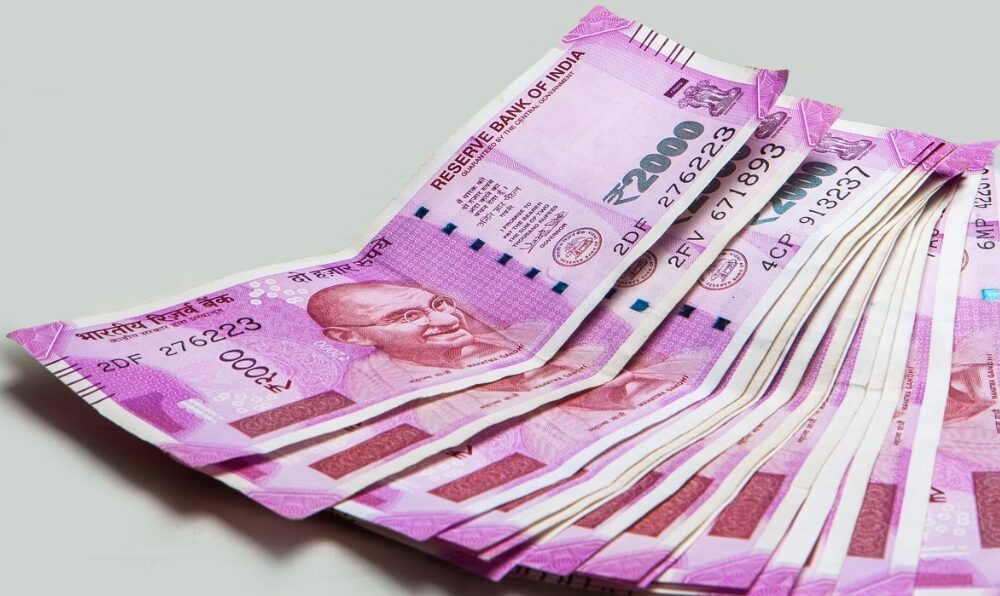
Fresh PIL in Delhi HC against RBI decision to withdraw Rs 2,000 notes
New Delhi, May 24 (IANS) A fresh Public Interest Litigation (PIL) has been filed in the Delhi High Court challenging the recent decision of the Reserve Bank of India (RBI) to withdraw Rs 2,000 notes from circulation.
The PIL argues that the RBI lacks the independent authority, as per the Reserve Bank of India Act, to make such a decision.
Furthermore, it contends that the withdrawal of the banknotes after 4-5 years, with a specific deadline, is deemed “unjust, arbitrary, and contrary to public policy”.
In the PIL, lawyer Rajneesh Bhaskar Gupta said: “It is respectfully submitted that the RBI, as Respondent no 1, does not possess independent power under the Reserve Bank of India Act, 1934, to direct the non-issue or discontinuance of any denominational value banknotes. Such power is exclusively vested with the Central Government, as stated in section 24 (2) of the RBI Act, 1934.”
The PIL highlights that the circular in question fails to indicate that the decision to withdraw the banknotes has been made by the Central government.
It argues that the RBI has provided no explanation other than the “Clean Note Policy” for taking such a significant and arbitrary step of withdrawing the banknotes from circulation, without adequately considering the potential repercussions for the general public.
Referring to the provisions of the RBI’s clean note policy, the PIL points out that damaged, counterfeit, or soiled banknotes of any denomination are typically withdrawn from circulation and replaced with newly printed ones.
“However, in the present case, only the Rs 2,000 denomination is being withdrawn within a specific deadline, without any indication of the RBI introducing a similar replacement banknote into circulation,” advocate Gupta further emphasised in the PIL.
The PIL raises concerns over the impact of withdrawing the Rs 2,000 banknote, claiming that small vendors and shopkeepers have already ceased accepting it.
It further argues that the RBI has not provided any clarification regarding the benefits to either the RBI or the national economy from withdrawing the Rs 2,000 denomination. The PIL also drew attention to the well-known hardships faced by citizens during the demonetisation of Rs 500 and Rs 1,000 notes in 2016.
“It is respectfully contended that the Rs 2,000 denomination, printed in 2016 and thereafter, remains in excellent condition with robust security features and does not necessitate withdrawal from circulation, be it under the Clean Note Policy or any other grounds. Furthermore, the Clean Note Policy specifically mandates the withdrawal of damaged, counterfeit, or soiled banknotes, rather than the withdrawal of all intact banknotes,” Gupta states in the PIL.
The PIL also highlights that a significant amount of public funds have been utilised for printing the Rs 2,000 notes, which will go to waste as a result of their withdrawal.
“It is respectfully argued that there is a possibility that the RBI’s challenged notification/circular may induce anxious citizens to queue up at banks across the country during the hot weather of May, June, and July. This situation could lead to the loss of numerous lives, similar to the period of demonetisation in 2016 when over 100 citizens lost their lives due to the incorrect policy decision of demonetising Rs 1,000 and Rs 500 notes by the Central Government. Now, a similar scenario is unfolding in the na
